Home organization seems like a straightforward task: put things in their place, keep it tidy, and you’re good to go, right? Not exactly. Even with the best intentions, many of us unknowingly commit some common organizing mistakes that can lead to clutter and chaos down the road. If you find yourself constantly re-organizing or feeling like your space never quite stays tidy, you might be making one of these home organization blunders.
Contents
- 1 Snubbing Vertical Space
- 2 Not Labeling Storage Bins
- 3 Hanging Onto Unused Items
- 4 Overlooking High-Traffic Areas
- 5 Failing to Maintain Organization Systems
- 6 Not Designing Around Your Lifestyle
- 7 Using the Wrong Storage Solutions
- 8 Failing to Involve the Entire Household
- 9 Not Considering Future Growth
- 10 Relying Too Heavily on Sentimental Items
- 11 Misjudging Time Needed for Organization Projects
- 12 Neglecting to Refresh and Update Systems
- 13 Failing to Group Like Items Together
- 14 Storing Items Too Far from Where They Are Used
- 15 More From RetailShout
- 16 Top 16 Asian Foods from Trader Joe`s
- 17 20 Light and Refreshing Salads for Every Occasion
Snubbing Vertical Space
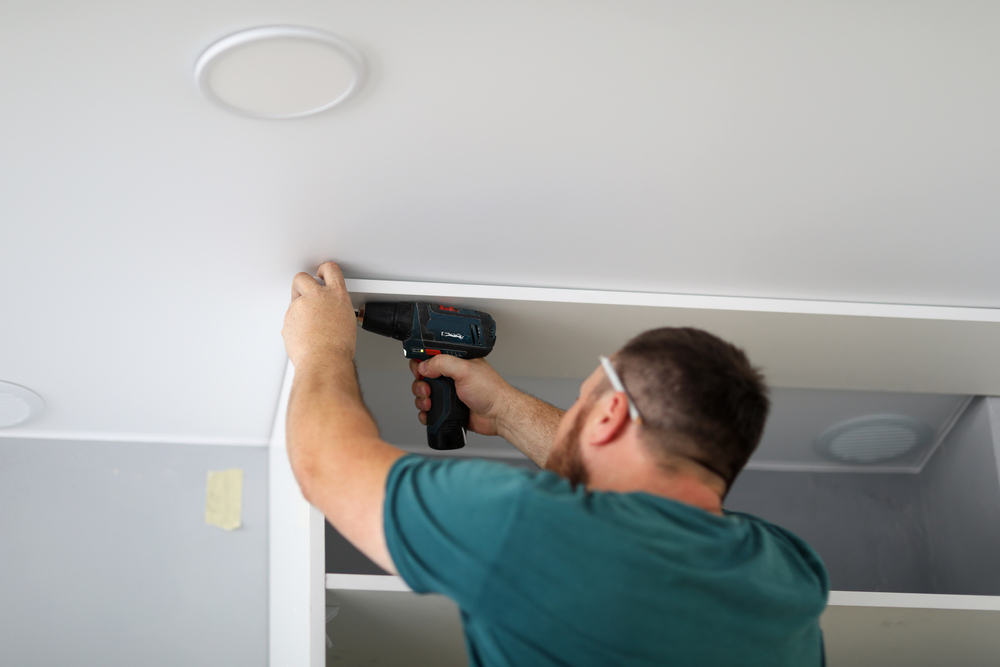
When organizing, many people forget to utilize vertical space. Walls, doors, and even the back of cabinets can provide valuable storage areas that are often overlooked. By adding shelves, hooks, or hanging organizers, you can significantly increase your storage capacity without taking up more floor space. This not only frees up room but also keeps items within easy reach. Making use of vertical space can turn a cluttered area into a well-organized and functional part of your home.
Not Labeling Storage Bins
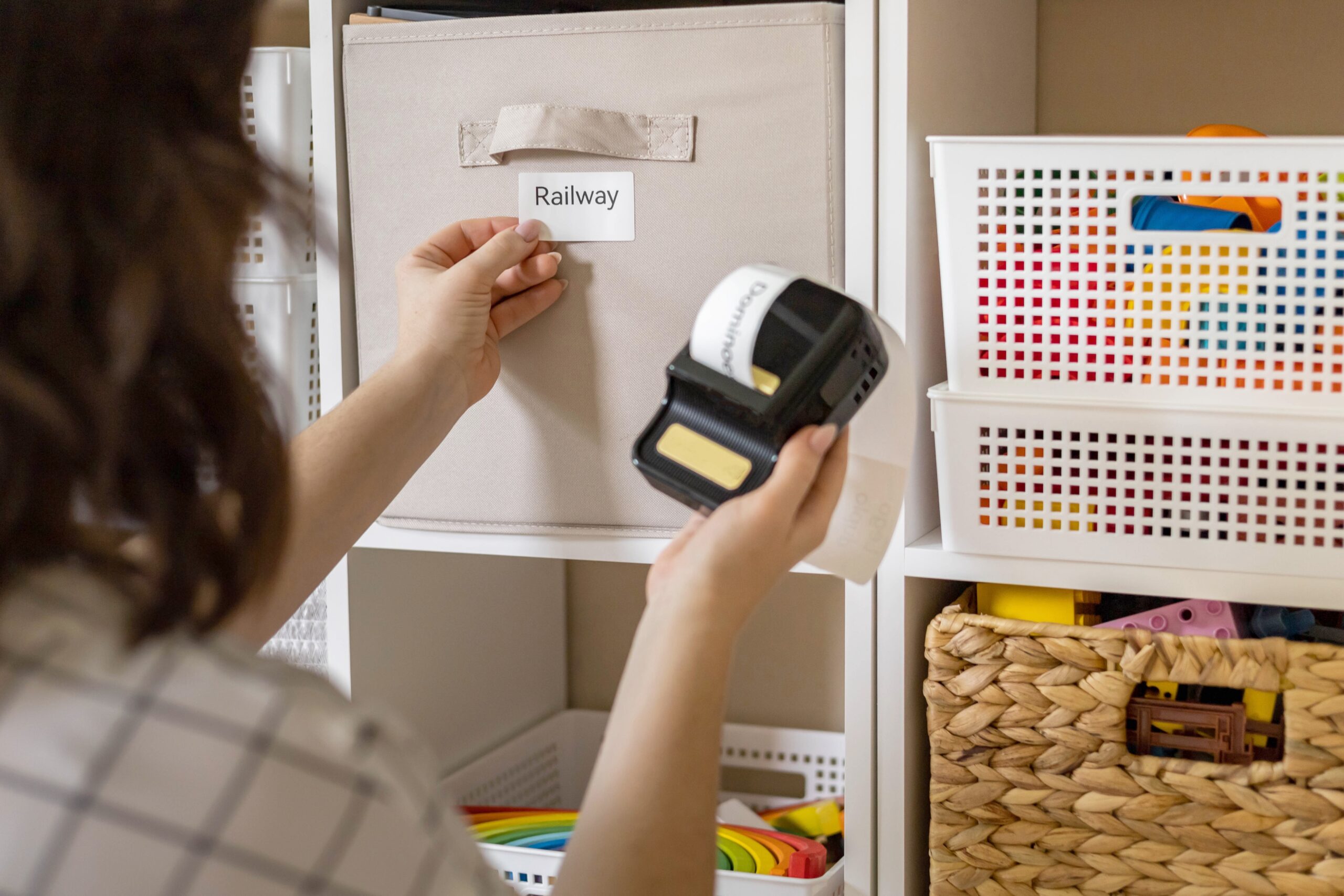
Another blunder is failing to label storage bins and containers. When everything is neatly packed away but not labeled, it can be difficult to remember where you put specific items. This often leads to frustration and wasted time as you search through multiple containers. Labeling your bins, whether with a label maker, tape, or even a simple marker, makes it easy to identify the contents at a glance. This small step can make a big difference in maintaining an organized and efficient space.
Hanging Onto Unused Items
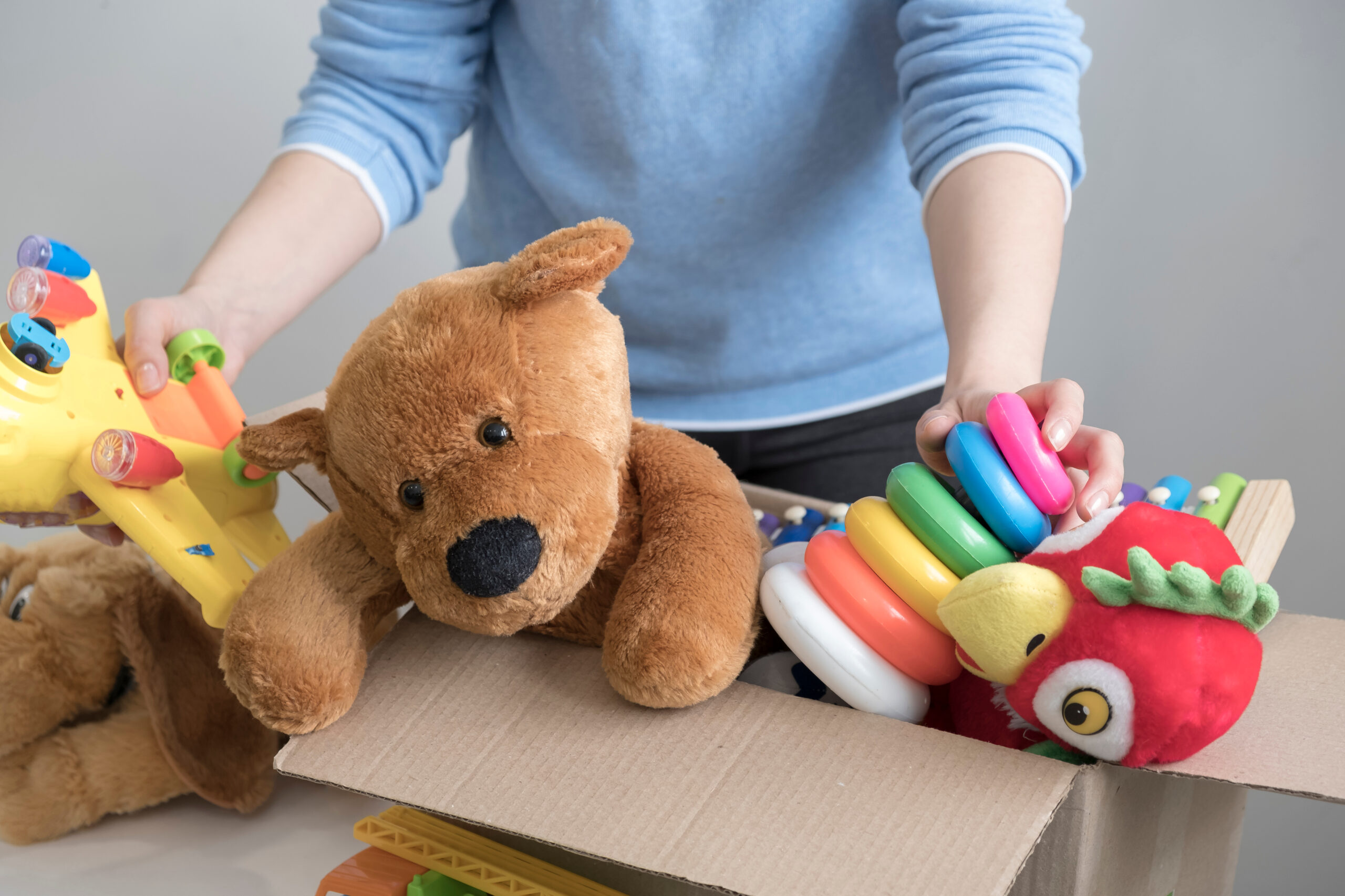
Holding on to items you no longer use is a major barrier to effective home organization. It’s easy to convince yourself that you might need something in the future, but in reality, these items often just take up valuable space. Regularly assess your belongings and be honest about what you actually use. Donate, sell, or recycle items that are no longer serving a purpose in your life. Letting go of unused items can create more space for things that matter and help maintain a clutter-free environment.
Overlooking High-Traffic Areas

High-traffic areas in your home, like the entryway or kitchen counters, are often the first places to become cluttered. Not having designated spots for frequently used items can lead to disorganization and stress. Implementing simple solutions, such as a tray for keys, hooks for bags, or a basket for mail, can make a big difference. These small organizational tools ensure that everything has a place, making it easier to keep high-traffic areas tidy. Addressing clutter in these zones can improve the flow and feel of your entire home.
Failing to Maintain Organization Systems
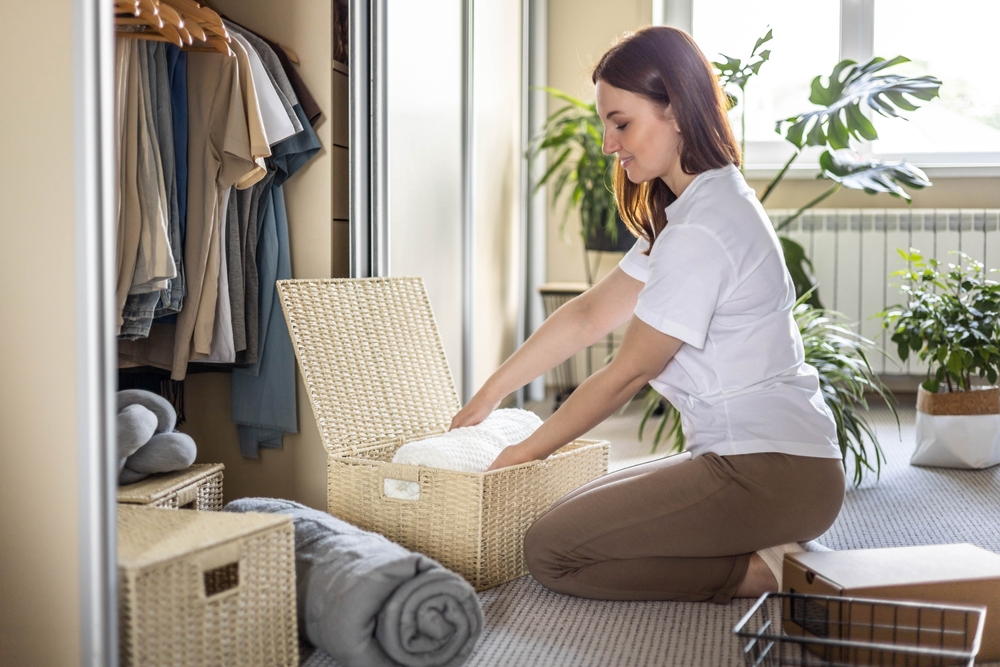
Setting up an organization system is only half the battle; maintaining it is just as crucial. Many people fall into the trap of letting their organization systems lapse over time. This can happen if you don’t consistently return items to their designated spots or if you don’t adjust your system as your needs change. Make it a habit to regularly review and tidy up your organization systems. By doing so, you’ll prevent clutter from creeping back in and keep your home running smoothly.
Not Designing Around Your Lifestyle

Another common mistake is organizing your home based on aesthetics or trends rather than your own lifestyle. While it’s tempting to mimic Pinterest-perfect setups, these often don’t suit your specific needs. For example, if you have kids, low shelves and accessible storage might work better than high, open shelving. Tailor your organization solutions to fit how you live day-to-day. This way, your home will not only look good but also function efficiently for your family’s routines.
Using the Wrong Storage Solutions

Using inappropriate storage solutions can lead to disorganization and frustration. For instance, deep baskets might seem like a good idea for storing toys, but if they’re too large, they can become dumping grounds, making it hard to find anything. Similarly, using open shelves for small items can result in visual clutter. Choose storage solutions that fit the items you’re storing and the space available. Opt for clear containers for visibility, stackable bins for space-saving, and compartmentalized trays for small items.
Failing to Involve the Entire Household

Home organization is often seen as a one-person job, but failing to involve everyone in the household can lead to chaos. If you set up an organization system without consulting other household members, they might not use it properly, leading to frustration and disorder. Make sure everyone knows where things go and why the system is in place. Encourage participation by assigning specific areas or tasks to different people. When everyone is on board, it’s easier to maintain a tidy and organized home.
Not Considering Future Growth
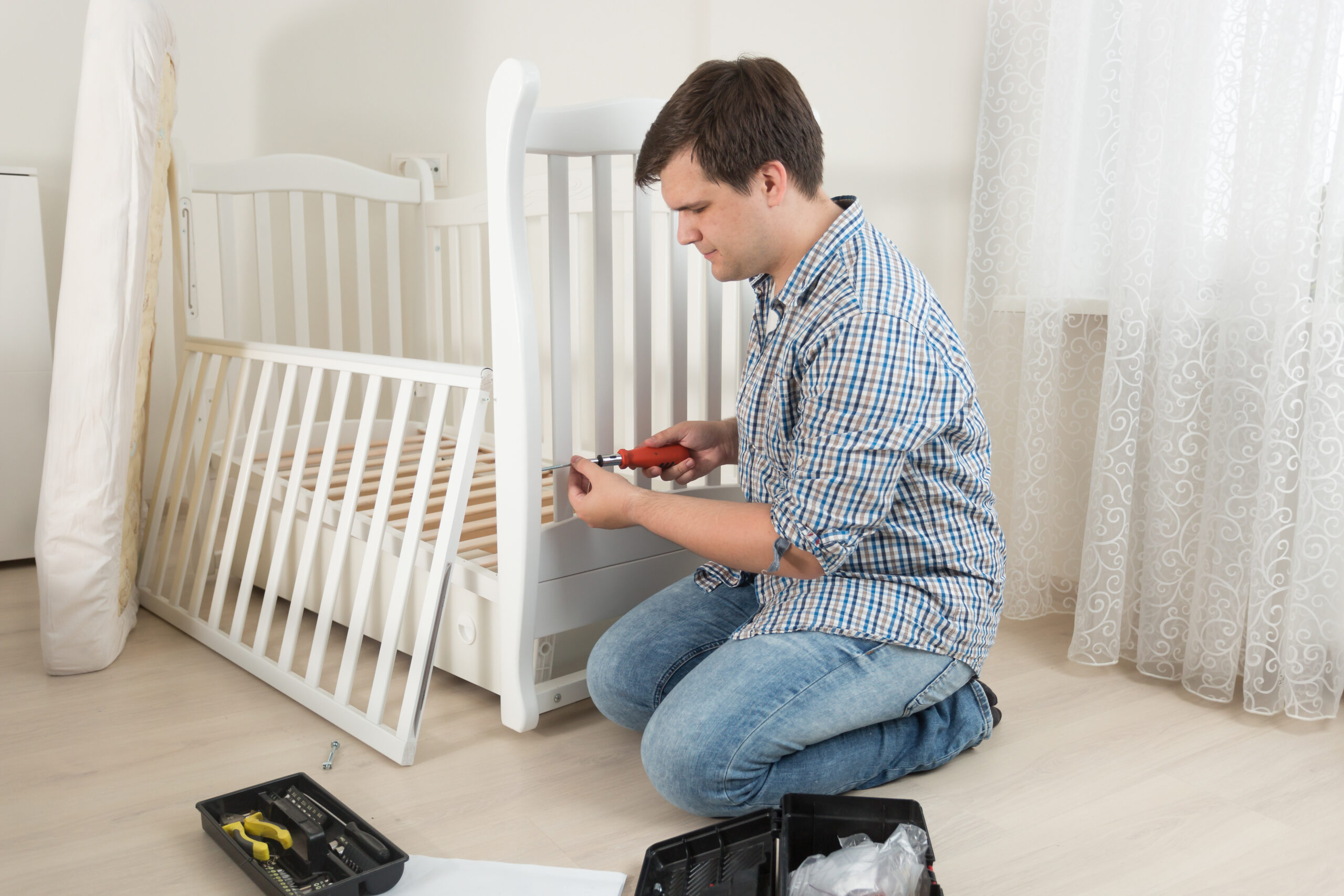
When organizing, many people fail to account for future growth, whether it’s adding more family members, accumulating more belongings, or changing needs over time. Setting up a system that works today but has no room for expansion can result in clutter down the road. Opt for flexible storage solutions that can adapt to your changing needs. For example, modular shelving or expandable bins can grow with you. Thinking ahead ensures your home stays organized even as your life evolves.
Relying Too Heavily on Sentimental Items

Holding onto too many sentimental items can contribute to clutter and disorganization. While it’s important to cherish memories, keeping every single item can overwhelm your space. Instead, be selective about what you keep and consider digitalizing photos or documents to save space. Creating a dedicated memory box for special items allows you to preserve memories without letting them take over your home. Balancing sentimentality with practicality can help you maintain an organized space while still honoring the past.
Misjudging Time Needed for Organization Projects

Many people underestimate the time needed to complete organization projects, leading to rushed or incomplete results. Organizing your home is a process that requires careful planning and execution. Instead of trying to tackle everything at once, break projects into manageable chunks and set realistic timelines. Focus on one area at a time and give yourself the space to do it thoroughly. Proper time management ensures that your efforts result in a truly organized space rather than a half-finished project.
Neglecting to Refresh and Update Systems

Finally, neglecting to refresh and update your organization systems is a common mistake. What worked for you a year ago might not work now, especially if you’ve added new items or your lifestyle has changed. Regularly review your storage solutions and adjust as needed. This might involve purging items, repurposing storage, or reconfiguring spaces. Staying proactive about updating your systems ensures that your home continues to function well and remains organized over time.
Failing to Group Like Items Together
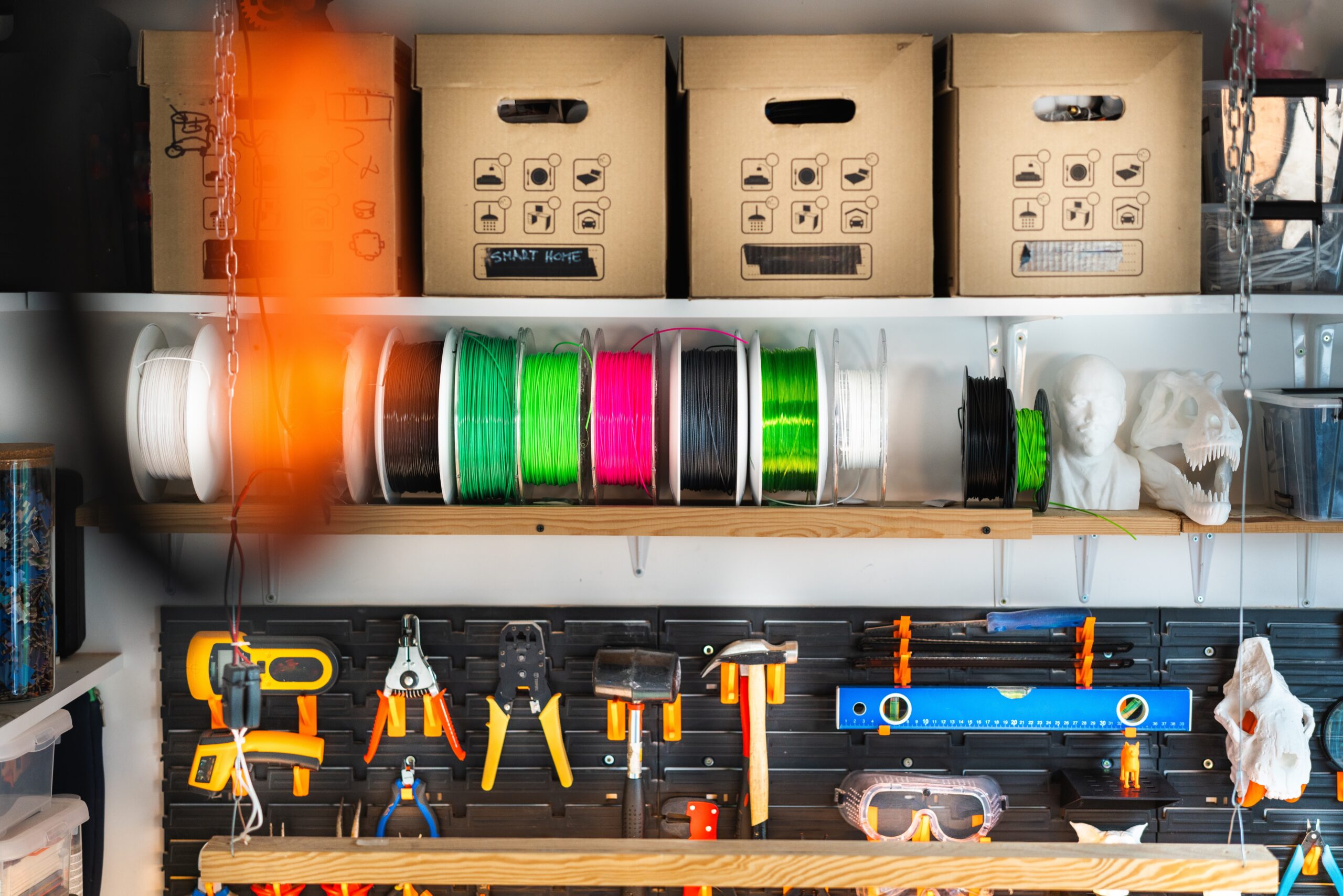
A common mistake in home organization is failing to group similar items together. When you store items randomly, it becomes difficult to locate them when needed, leading to unnecessary frustration and wasted time. Grouping like items—such as keeping all cleaning supplies in one spot or organizing office supplies in a single drawer—ensures everything is easily accessible and logically placed. This practice not only enhances efficiency but also helps in maintaining a clutter-free environment since you’re more likely to return items to their proper places.
Storing Items Too Far from Where They Are Used

One mistake often made in home organization is storing items far from where they are most frequently used. For example, keeping cleaning supplies in a remote closet instead of under the sink can make it less convenient to grab what you need, leading to clutter as things are left out. The same goes for keeping kitchen utensils far from the cooking area. To avoid this, store items as close as possible to where they will be used. This not only streamlines tasks but also reduces the chances of things getting misplaced or left out.
This article originally appeared on RetailShout.
More From RetailShout
Avoid These 13 Common Mistakes When Cooking Beans

Cooking beans can be tricky, but it’s easier once you know what to avoid. Whether you’re making a hearty stew or a simple side dish, beans can be a delicious and nutritious addition to your meals. However, there are some common mistakes that can make them less tasty or harder to digest. Read More.
Top 16 Asian Foods from Trader Joe`s

Asian foods have got to be one of the tastiest and most versatile cuisines out there, and Trader Joe’s knows how to deliver those flavors right to your pantry. Their selection of Asian-inspired products offers something for every craving, and has some hidden gems you won’t want to miss. Read More.







